Food Swaps for Cutting: Stay Full While Losing Fat
October 24, 2025
When you’re in a fat-loss phase, which is also called a “cut” or “cutting” phase, it’s easy to feel like the only way to see results is to eat tiny portions, cut out your favorite foods, and live in a state of constant hunger. However, I’m here to tell you that you don’t have to starve on a cut to lose fat. Yes, some hunger is normal when you’re in a calorie deficit and is a part of losing fat, but by making smart food swaps, you can stay fuller longer, create more volume on your plate, and set yourself up for success not just now, but in the long run. By following these guidelines and making these food swaps, you can stay full while losing fat.
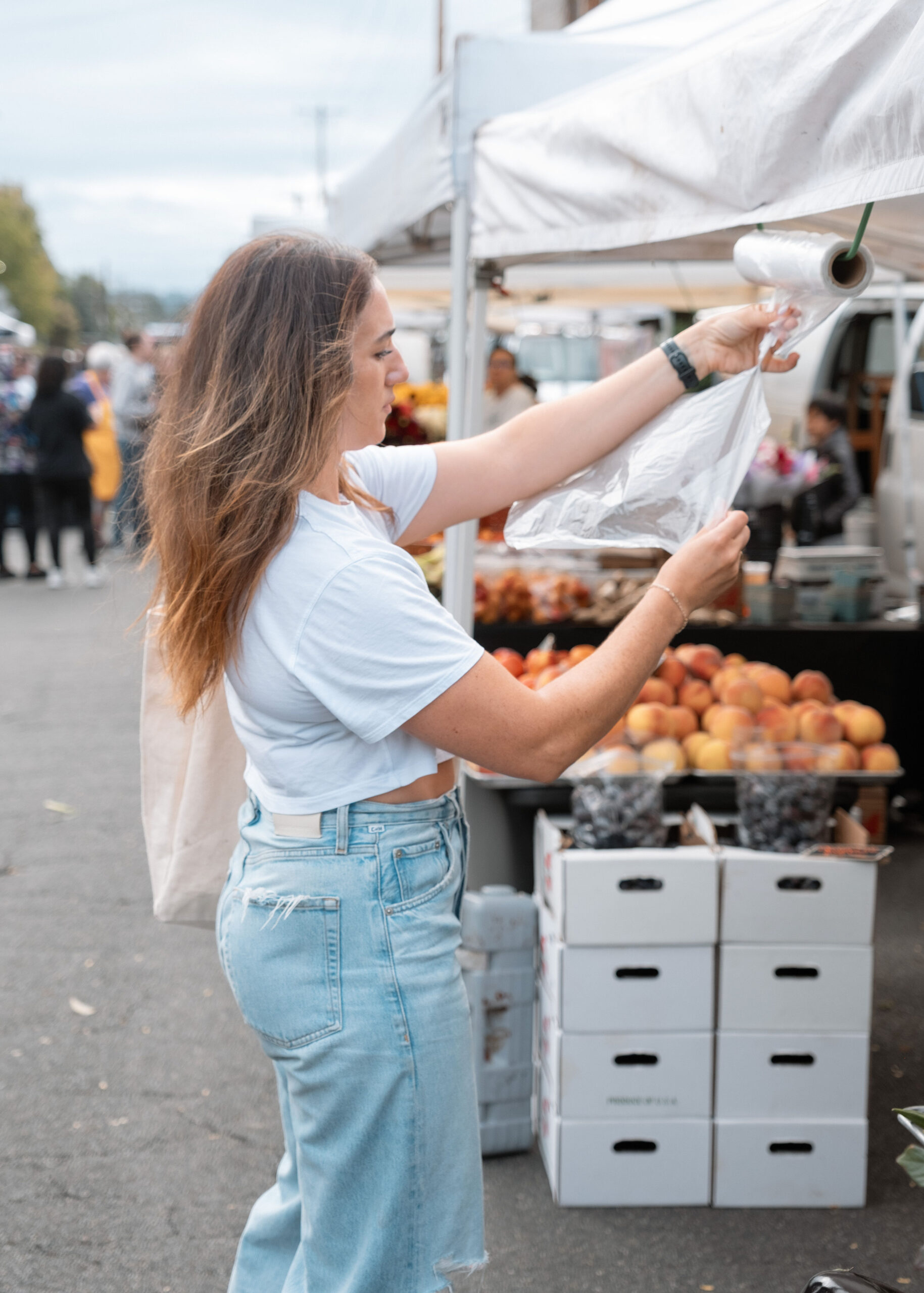
Why High-Volume Foods Beat High- Density Foods
High-volume foods are lower in calories and high in volume, which translates to more food, fewer calories, and feeling satisfied. Since these foods are typically nutritious and lower in calories, you can eat more. They also take up more space in your stomach, hence the high-volume, allowing you to feel full on more.
On the flip side, high-density foods pack a lot of calories into a small portion of food, with little to no nutritional value. Most processed foods are high-density. If you are on a cut and trying to stick to a certain macro count, you’ll want to stick to high-volume foods. For example, snacking on a piece of fruit or handful of raw vegetables is going to fill you up way more than a snack bag of potato chips. It will also provide more nutrients, keep you on track with your goals, and leave you satisfied and not craving more. This isn’t about restriction. It’s about eating smarter so you actually enjoy your cut and not crash and burn halfway through.
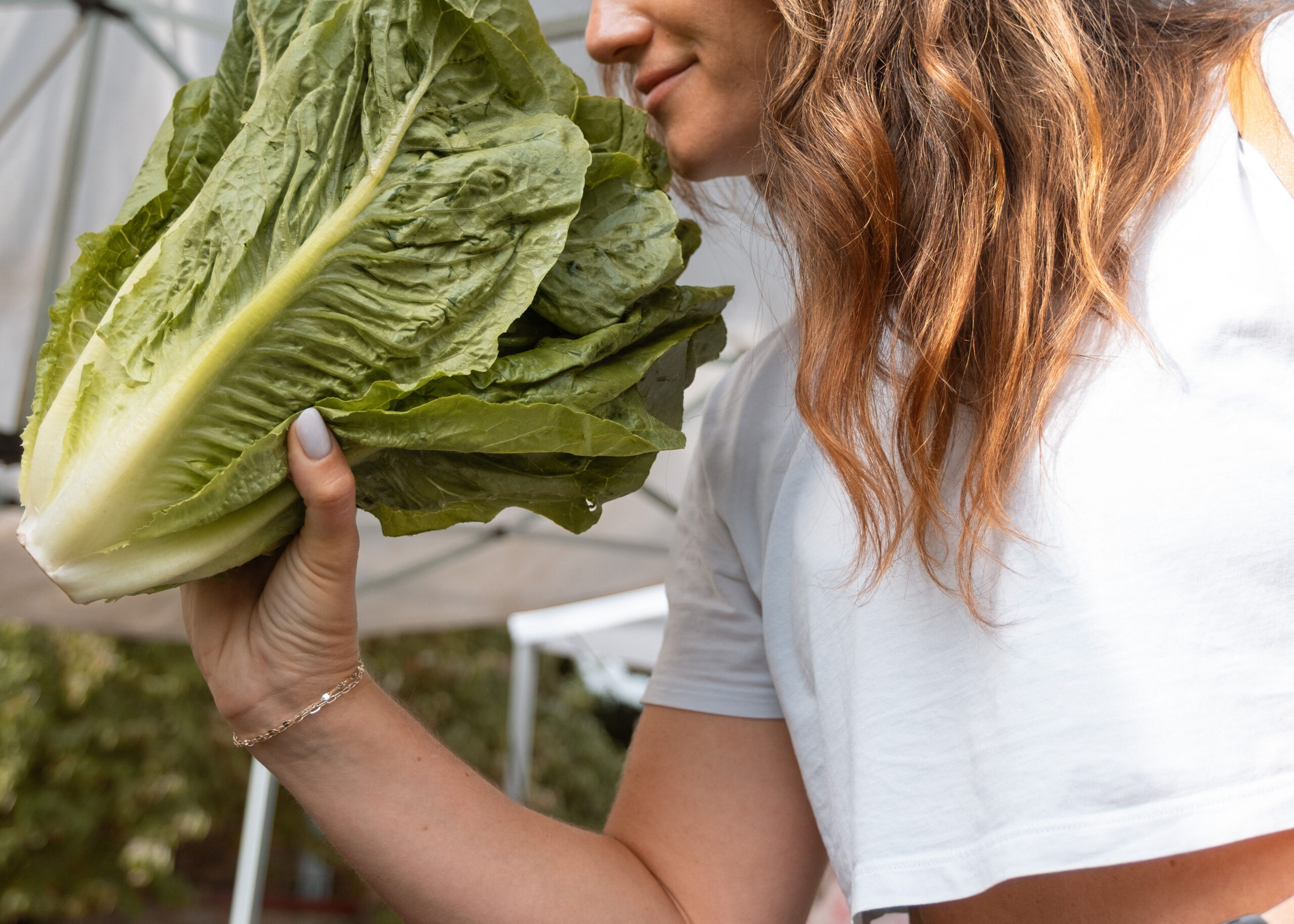
Smart Food Swaps
When it comes to food swaps, and what to eat when on a cut, the goal is to keep you satisfied instead of deprived, help you stick to a healthy eating long-term, and improve your overall health with more nutrient-dense foods. You won’t always be in a cut. Eventually, you will transition to maintenance. When that time comes, you’ll still want high-volume, nutritious foods as the foundation of your diet.
Your body won’t run well on a steady diet of high-density foods, whether you are on a cut or not.
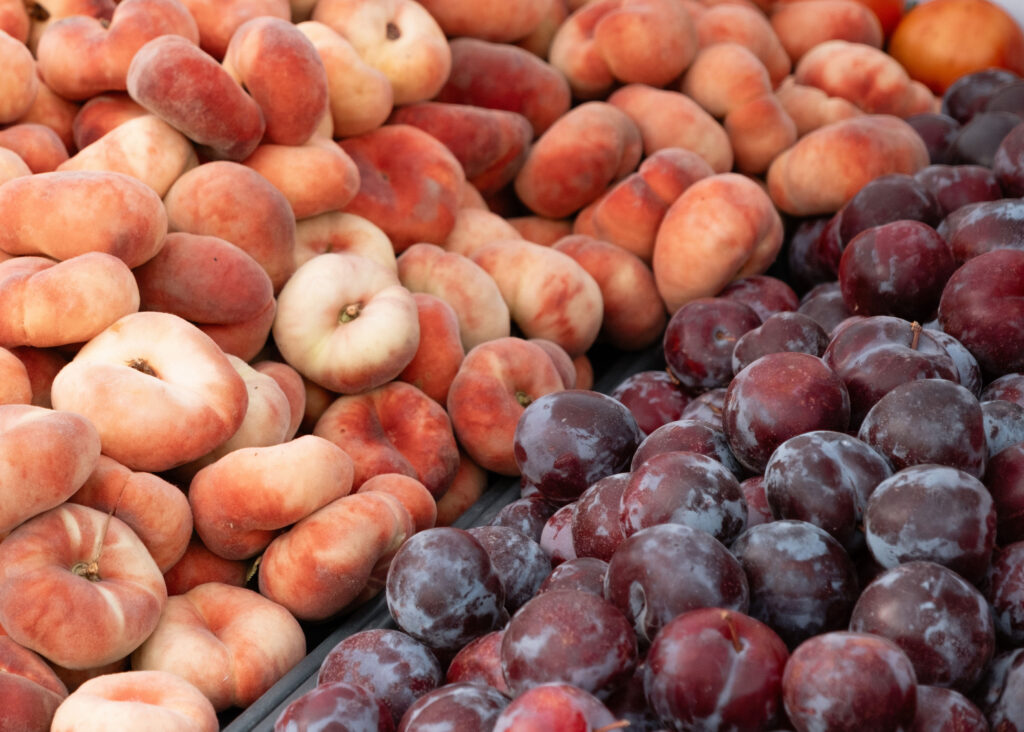
Protein Swaps
Protein keeps you fuller longer and helps you maintain and build muscle (which is critical when on a cut), so prioritizing lean sources is key:
- 80/20 Ground Beef → 96/4 Ground Beef or Turkey
- Whole Eggs → Egg Whites (or 1 egg + extra whites)
- Pork Sausage → Turkey or Chicken Sausage
- Salmon (fattier cuts) → White Fish (cod, tilapia)
- Full-fat Greek Yogurt → Nonfat Greek Yogurt
Carb Swaps
Carbs aren’t the enemy! However, choosing the right carbs to fuel your body is important since it’s easy to overindulge when carbs are involved. Choosing higher volume options gives you more food for fewer calories:
- White Rice → White or Sweet Potatoes
- Pasta → Zucchini Noodles or Spaghetti Squash
- Bagel → Light English Muffin / Thin Bread
- Chips → Air-popped Popcorn
- Ice Cream → Greek Yogurt + Berries
Fat Swaps
Fats are essential, but they’re calorie-dense! Even healthy fats are naturally higher in calories, so simple swaps here go a long way:
- Peanut Butter → Powdered PB
- Sour Cream → Nonfat Greek Yogurt
- Mayo → Light Mayo or Mustard
- Butter → Cooking Spray / Light Spread
- Cream Cheese → Whipped or Light Cream Cheese
Remember: Small Changes Add Up
Making swaps like these may not feel huge in the moment, but over time they can save hundreds of calories per day without leaving you hungry, and allowing you to hit your goals. That consistency is what drives fat loss, not extremes or quick fixes.
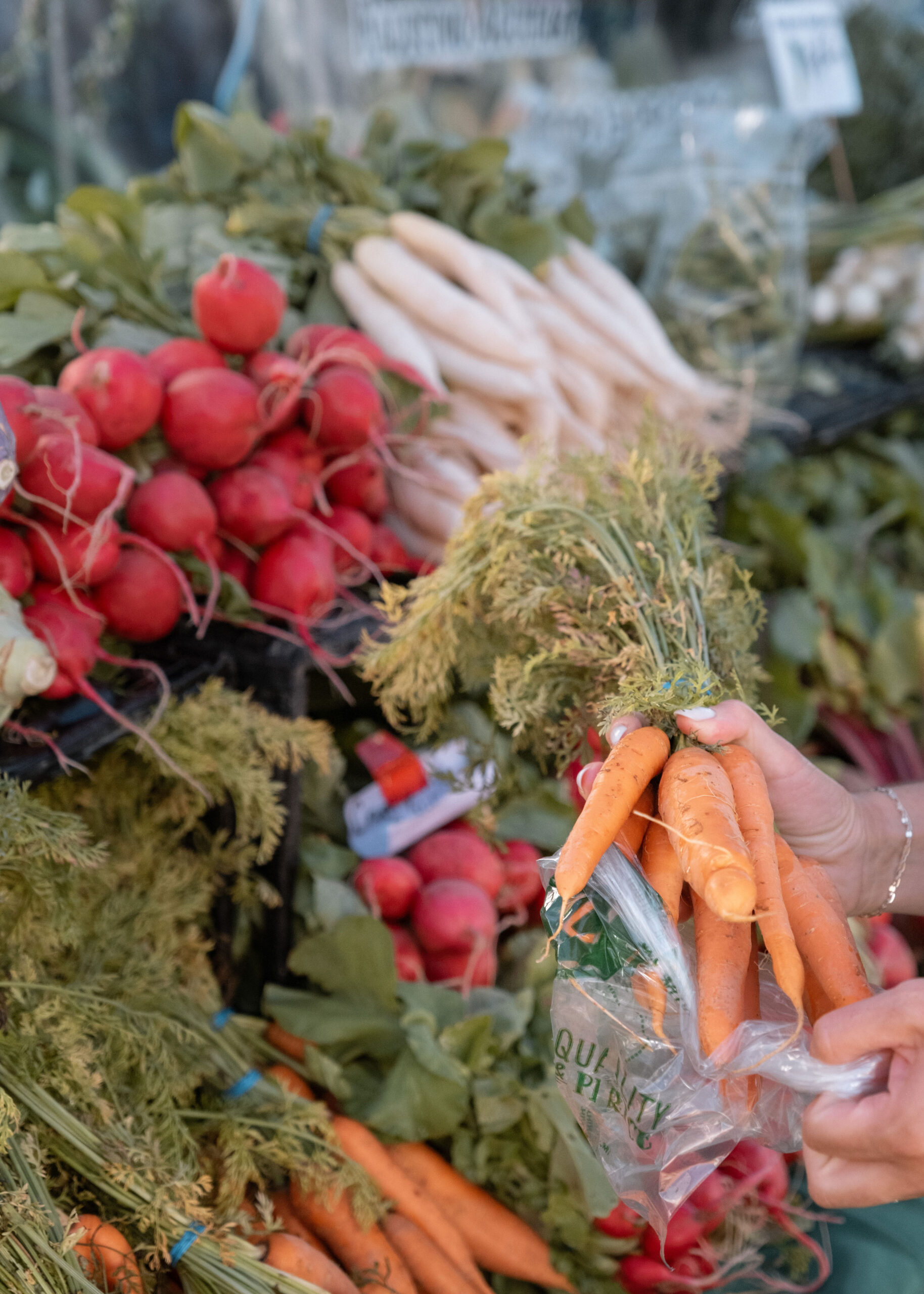
High-Volume Eating Tips
Focus on your Veggies
High in water and fiber content, veggies are the ultimate high-volume food. Whether you’re swapping pasta with some spaghetti squash or munching on carrots in between meals, focusing on veggies will help you feel full, while being able to eat more for fewer calories.
Add produce to meals
Say you’re eating scrambled egg whites, you could pump up the volume by adding onions, diced peppers, or fresh cherry tomatoes. These foods add little to the overall amount of calories, but add a lot of volume and flavor, leaving you more full.
Don’t drink your calories
When on a cut, or really in any stage of your fitness, it is best to avoid drinking your calories. Liquid calories, especially sodas, fruit juices, specialty coffees, don’t fill you up and pack in sugar. Drinking your calories will leave you feeling hungry and unsatisfied. On a cut, skip these high-calorie drinks and focus on water, sparkling water, or black coffee/tea.
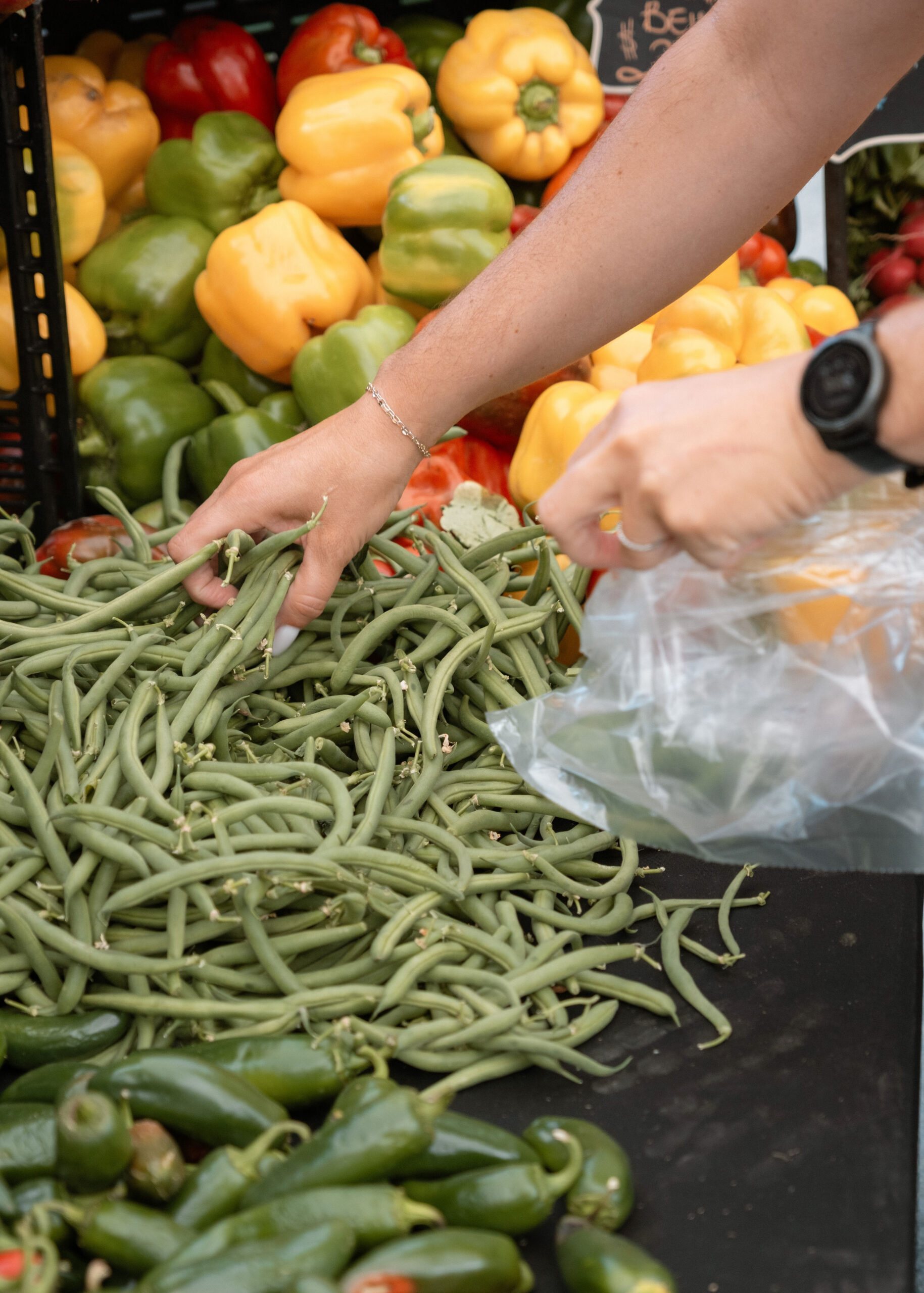
If you want even more inspiration, I’ve put together a Free Guide with 10 High-Volume Food Ideas to help you stay full while cutting.
If you liked this post, you might also enjoy:
3 Health Habits For Success That Anyone Can Do
How to feel full while losing fat
How often should you lift weights?